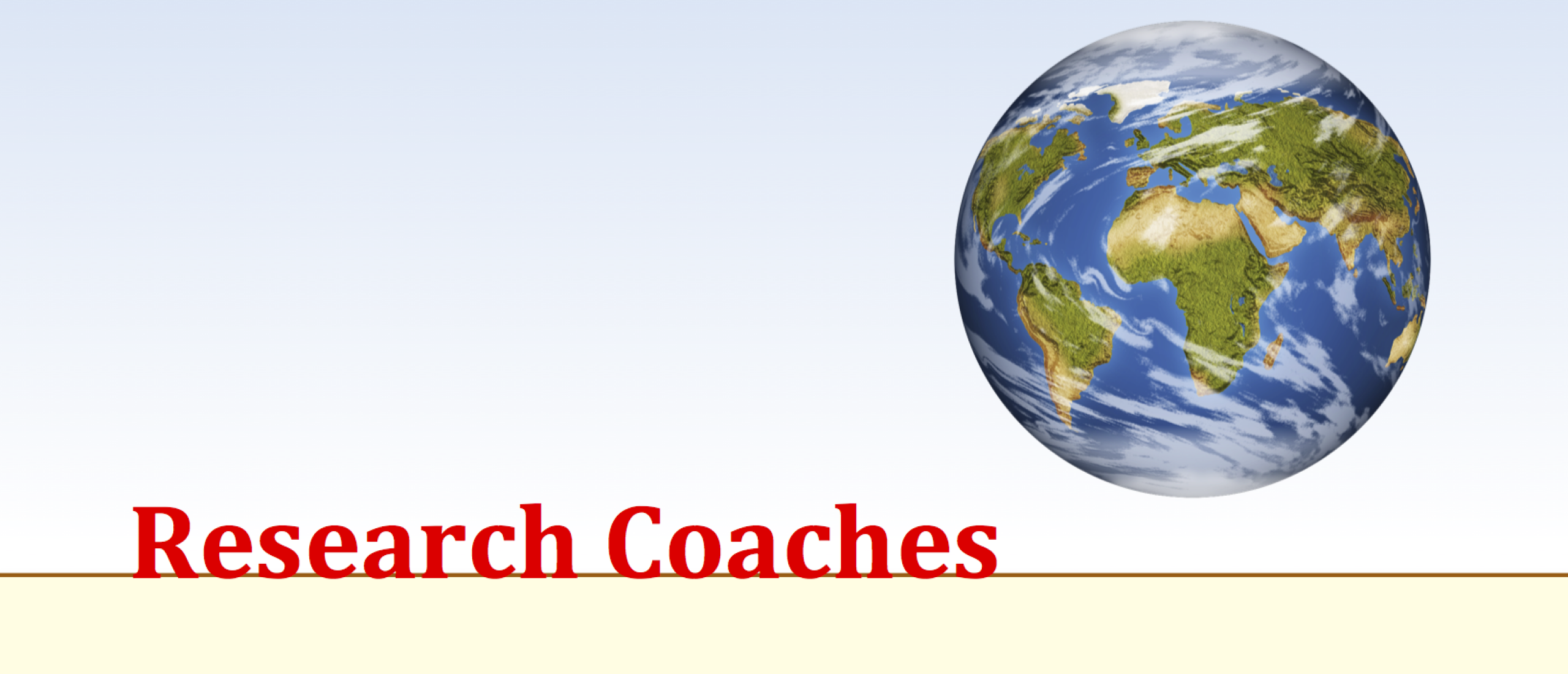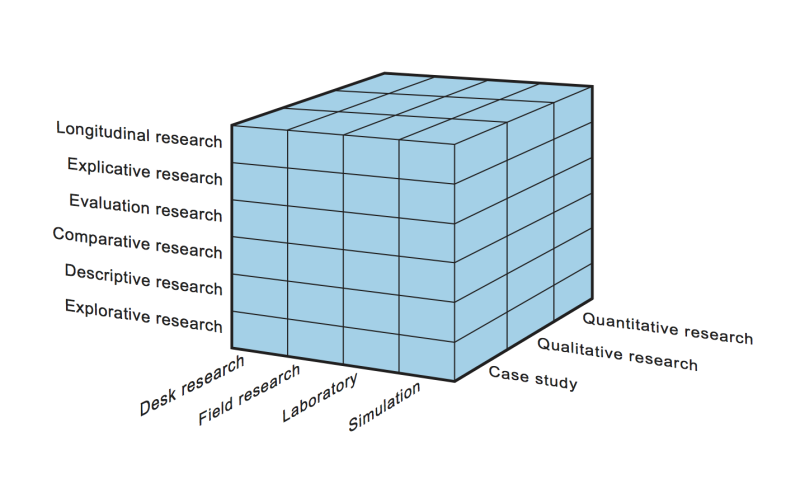
Research design
A Research Design is a graphical overview of the groups taking part in the research and the moments of measurements.
In 1963, Campbell and Stanley published the first article ever on experimental designs for research. Later, in 1979, Cook and Campbell presented an extension of the theory. They were seen as the pioneers on this subject. They finally came up with six basic models.
Nowadays, some authors use only these six designs, and in their view, nothing else should be called a research design. Others elaborated on the six designs and wrote thick books extensively discussing why a new design is preferred to another, and increasing small differences. Finally, I met scientists who declared never to use a research design because they thought of it as useless.
In my opinion, any research has a design. A design is the layout of the research. It structures the activities of the scientist, not only in how to gather the information but also in how to analyse the data. So let me teach you how to make a design and how it can help you to make your work as a researcher more fruitful.
How to make a research design
In every research information is gathered. An O is used for this activity. It is short for observation and can be used for any type of measurement, that is for an interview, a survey, a desk research or whatever. This gathering of information can be done only once, at a certain moment and with a certain group of people, animals, plants or objects. This can be put in a graphical form. Draw a horizontal line, this is the time line. Write t1 above it, and write Group left. (This can be done under the timeline, but I prefer to write it somewhat before.) Now you see this graphic:
t0
______________________
Respondents O0
It simply says: in this research there was one observation on a selected group of respondents or objects. This design is used for exploration or describing a situation. Although there is only one observation, this might have a lot of aspects. All these aspects can be shown in a conceptual model.
A lot more research designs can be distinguished. You can read all about this in our manual How to create research designs and conceptual models.
Related topics to research design
- Model
- Conceptual model
- Research design
- Random
- Matching
- Counterbalancing
Deepen your knowledge and read our manual about ...
Research can be divided into three dimensions: 1) the research design, 2) the location of data collection and 3) the number of cases. Together they form the research cube.




